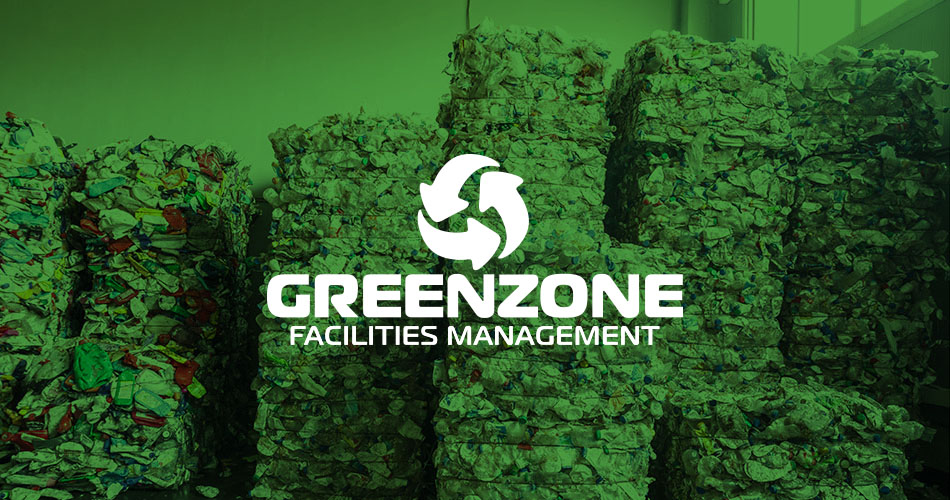A feeling of joy comes from sorting recycling into the correct boxes, batch cooking to minimise food waste, and buying second-hand clothes. Other satisfying tasks include buying eco-friendly tech, cycling or walking instead of driving, and upcycling, the survey suggests.
However, the two-part poll of 5,000 adults by the Institution of Engineering and Technology (IET) found more women (60 percent) than men (51 percent) feel a responsibility to address climate change. Men believe they have a better understanding of eco-friendly tech like energy usage monitors (33 percent of men to 23 percent of women).
Olivia Carpenter-Lomax, from the IET’s, said: “Green technology has huge potential to make a real difference in our lives and to the planet.
“From electric vehicles to green tariffs to home insulation, adopting existing tech can have a significant positive impact on the wider world around us.”
People also told pollsters they drew happiness from growing their own fruit and vegetables and showering instead of having a bath. Small things like only filling the kettle with as much water as needed also left respondents with a sense of having done their bit.
It also emerged more women recycle plastic than men (86 percent compared to 79 percent), while they were also more likely to use reusable water bottles (59 percent compared to 47 percent).
Women are also more willing to avoid products with unnecessary packaging (52 percent compared to 46 percent).
But despite the differences, 82 percent of adults polled by OnePoll for the IET believe every single person has a role to play in helping the environment. And 87 percent are clear there is still more they could do to be more eco-friendly – including turning electricals off at the socket when not in use (37 percent) and wasting less water (34 percent).
Other ways people think they can be greener include monitoring energy use more closely (31 percent), using eco-friendly alternative methods of transport more often (17 percent) and only using energy-saving light bulbs (24 percent).
The biggest hindrances to being greener include the cost of some eco-friendly products (38 percent), confusion over what is or is not good for the environment (26 percent) and lack of time (25 percent).
Orginal Source

